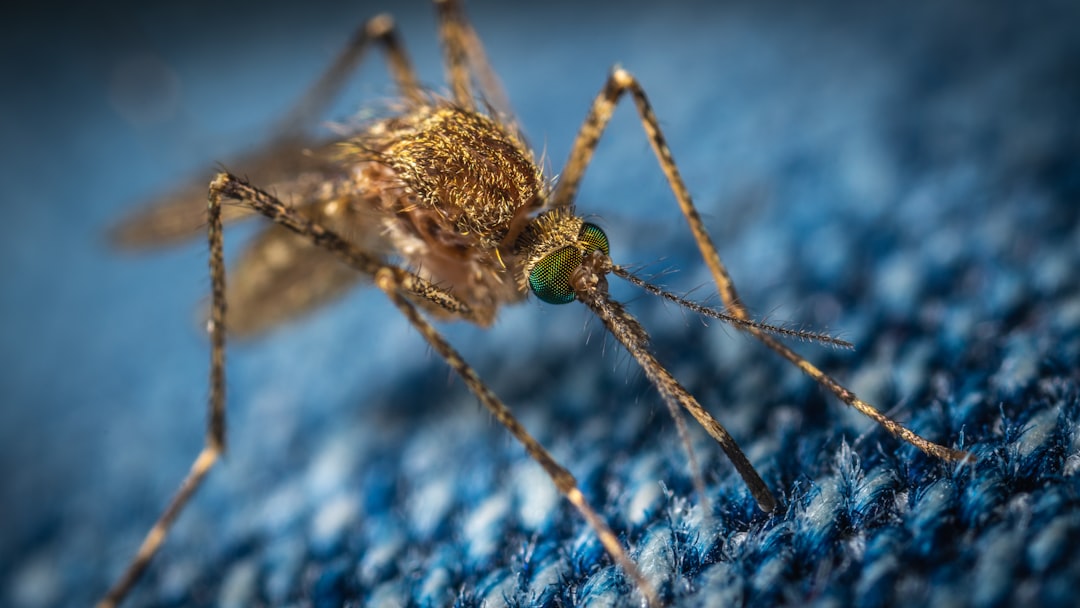What is it about?
Microcephaly is a developmental disorder characterized by a smaller than typical brain size due to an underproduction of brain cells from neural progenitor cells during brain development. Outer radial glia, one type of neural progenitor, are abundant in species with large, folded brains, such as humans, but rare in species with small, smooth brains, such as mice and rats. This suggests that outer radial glia may play an important role in making a bigger and folded brain. However, there was no direct experimental evidence supporting this speculation. Further, mutations in CDK6 can cause microcephaly in humans, but not mice, leading to the hypothesis that CDK6 may be acting on outer radial glia to regulate brain size and folding. This study found that CDK6 is necessary for expansion of outer radial glia populations in mice, ferrets, and human cerebral organoids. In a mouse model where increased outer radial glia and intermediate progenitor cells (another type of neural progenitor), lead to cortical folding, CDK6 loss abolished folding by decreasing outer radial glia populations, but not other neural progenitor populations. In contrast, adding human CDK6 to developing mouse brains increased the number of outer radial glia. Importantly, the CDK6 mutation that causes human microcephaly was not able to expand the outer radial glia population. CDK6 is best-known to promote proliferation of cells. Surprisingly, the study found that CDK6 expands outer radial glia populations not by promoting proliferation. CDK6 instead increased self-renewal, a process in which progenitors remain in cell cycle and continue to function as progenitors rather than becoming neurons or glial cells that constitute mature brains. Also of note, kinase activity was not needed for CDK6 to expand the outer radial glia population.
Featured Image

Photo by Hal Gatewood on Unsplash
Why is it important?
Because of a scarcity of laboratory animal models of outer radial glia, their role in brain expansion and folding has not been thoroughly investigated. This study sheds light on the key role played by outer radial glia in brain expansion and folding during brain development and shows that defects in outer radial glia contribute to microcephaly. Although a great deal is known about the role of CDK6 in regulating cell cycle and cancer progression, why CDK6 mutations cause microcephaly was unknown. This study shows that CDK6 defects decrease self-renewal of outer radial glia, reducing outer radial glia population size and causing microcephaly. Further, these results indicate that CDK6 regulates outer radial glia numbers through a mechanism beyond its well-known kinase function.
Perspectives
I really enjoyed working on this paper. It was a great group of people to collaborate with and an opportunity to learn new techniques. I think our findings are a nice reminder to think about possibilities outside of the 'best-known' functions of well-studied proteins.
Kris Olesen
St. Jude Children's Research Hospital
Read the Original
This page is a summary of: A kinase-independent function of cyclin-dependent kinase 6 promotes outer radial glia expansion and neocortical folding, Proceedings of the National Academy of Sciences, September 2022, Proceedings of the National Academy of Sciences,
DOI: 10.1073/pnas.2206147119.
You can read the full text:
Resources
Contributors
The following have contributed to this page










